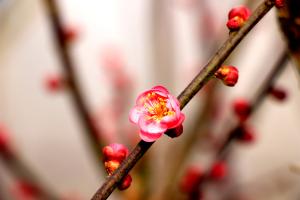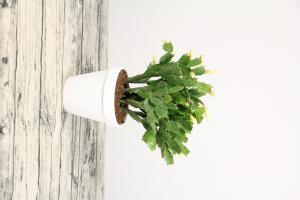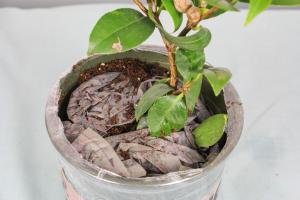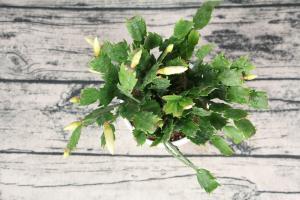How to properly prune your squash plant
Squash plants are known for their rapid growth and bountiful harvests. However, too much growth can lead to overcrowding and disease. Proper pruning is essential to maintain the health of your squash plant and ensure a strong yield. In this article, we will explore the steps you need to take to properly prune your squash plant.
Step 1: Identify the type of squash plant you have
Before you begin pruning your squash plant, it鈥檚 important to identify the type of squash plant you have. There are two main types of squash plants: bush and vine. Bush squash varieties are compact and do not require trellising. Vine squash varieties grow on long, sprawling vines and require trellising. Understanding the growth habit of your plant will help you determine where to prune.
Step 2: Identify the main stem
The main stem is the central stem that connects the roots to the leaves and flowers of your squash plant. Identifying the main stem is critical to proper pruning. Once you have identified the main stem, you can determine where to make your cuts.
Step 3: Remove damaged or diseased leaves and stems
Inspect your squash plant for damaged or diseased leaves and stems. These can be identified by wilting, discoloration or browning. Removing these leaves and stems will prevent the spread of disease and improve the overall health of your plant.
Step 4: Prune secondary branches
Secondary branches are the branches that grow off the main stem. These branches can be pruned to promote upward growth and air circulation. When pruning, cut the branch off at the base of the stem. Do not leave a stump, as this can lead to disease.
Step 5: Prune fruiting branches
Fruiting branches are the branches that produce squash. These branches can be pruned to limit overcrowding and ensure proper airflow. When pruning, remove any fruits that are smaller than a golf ball. These fruits will not mature properly and will only take energy away from the larger fruits. Always prune in the morning when the plant is well hydrated and less susceptible to shock.
Step 6: Mulch and fertilize
After pruning your squash plant, be sure to mulch around the base of the plant to retain moisture and suppress weed growth. Additionally, fertilize your plant with a balanced fertilizer to promote healthy growth and fruit production.
In conclusion, pruning your squash plant is essential to maintaining its health and ensuring a strong harvest. Remember to identify the type of squash plant you have, locate the main stem, remove damaged or diseased leaves and stems, prune secondary and fruiting branches, and finally, mulch and fertilize. By following these steps, you鈥檒l be well on your way to a bountiful harvest of delicious squash.

 how many times do yo...
how many times do yo... how many planted tre...
how many planted tre... how many pine trees ...
how many pine trees ... how many pecan trees...
how many pecan trees... how many plants comp...
how many plants comp... how many plants can ...
how many plants can ... how many plants and ...
how many plants and ... how many pepper plan...
how many pepper plan...
































